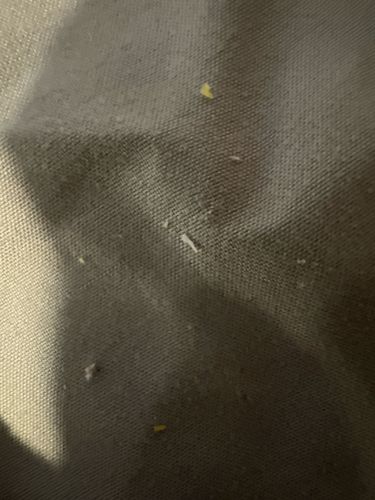Dust Mite
Scientific Name: Dermatophagoides spp.
Order & Family: Sarcoptiformes, Pyroglyphidae
Size: 0.2-0.3 mm (microscopic)

Natural Habitat
Thrive in human habitats, especially in bedding, upholstered furniture, carpets, and clothing, preferring warm and humid environments.
Diet & Feeding
Primarily feed on dead human and animal skin flakes (dander) and other organic debris found in household dust.
Behavior Patterns
Dust mites are microscopic arachnids (not insects) that are largely invisible to the naked eye. They are not parasitic on humans but consume shed skin cells. They reproduce rapidly in favorable conditions. Their presence is often detected by allergic reactions rather than direct sightings.
Risks & Benefits
Potential risks include causing allergic reactions (asthma, eczema, rhinitis) due to proteins in their fecal matter and body fragments. They are not known to transmit diseases or bite. There are no known benefits to humans, though they play a minor role in organic decomposition in household dust.
Identified on: 10/31/2025